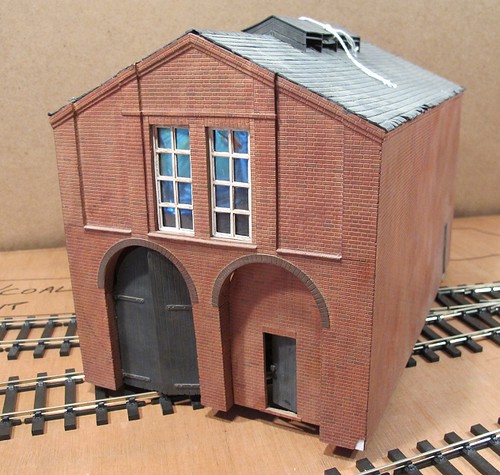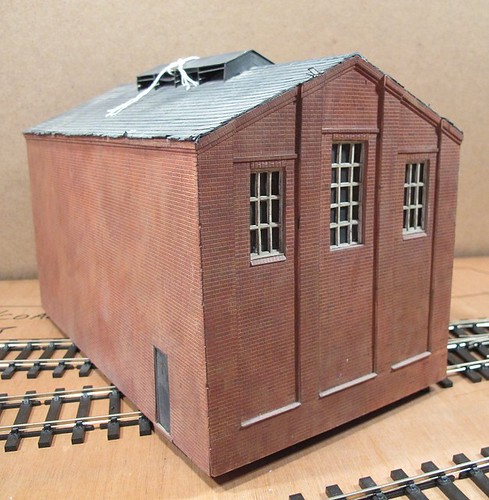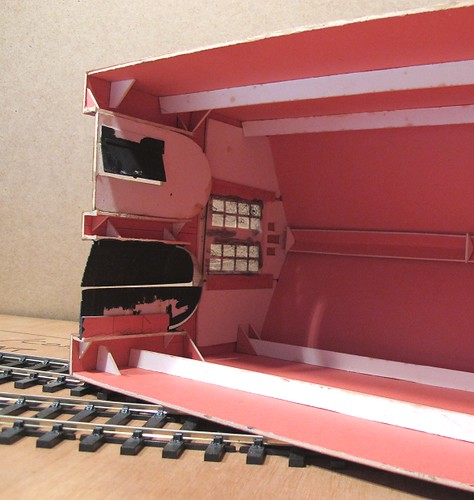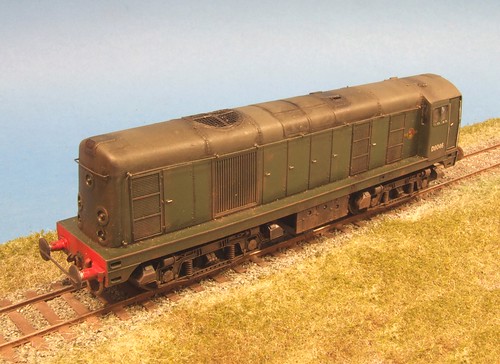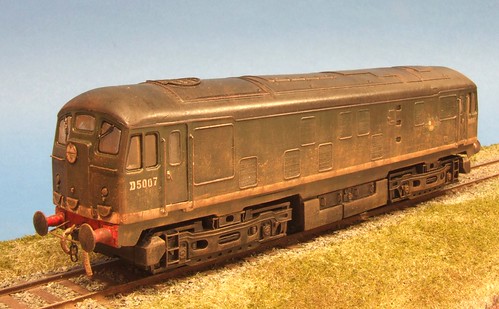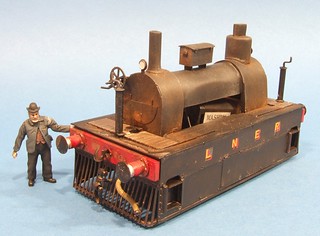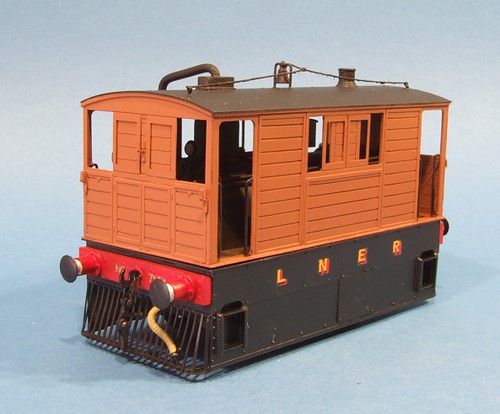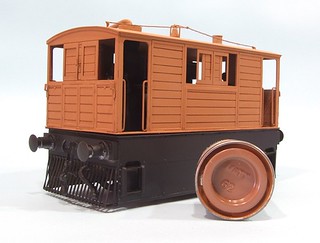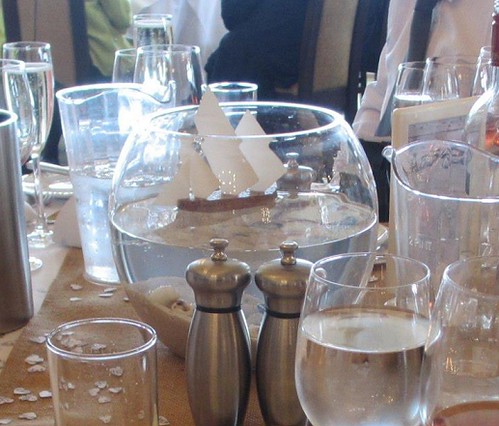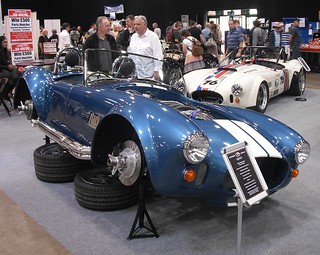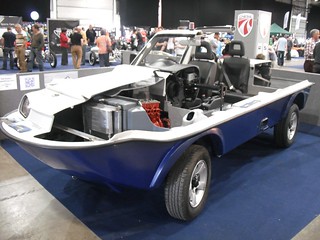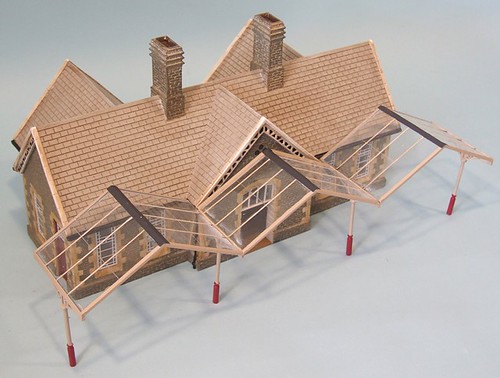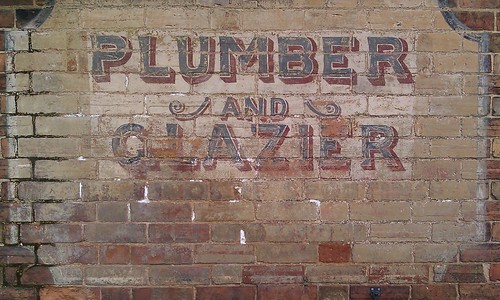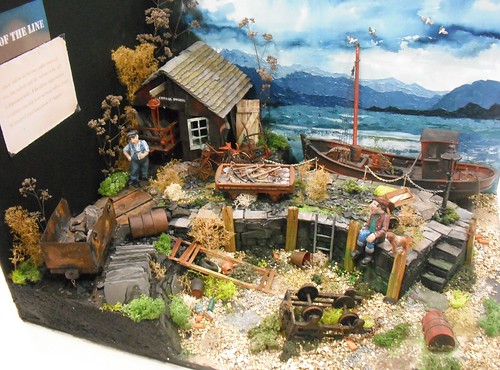Before 50 Shades of Grey, there was 60 plans for small layouts. First published in 1958, this little booklet has deservedly become a classic amongst railway modellers. Still available, although now called "60 plans for small locations", it should be on every railway modellers bookshelf. In fact, I bet it is!
Looking at it in 2013, there is still much that is of use in between the covers. UK houses are tiny compared to the vast homes of our American cousins so we cant' generally contemplate taking over a non-existent basement to build out grand scheme. For most of us that remains an elusive dream that will only be fulfilled if a lottery win appears on the horizon.
Instead, Cyril gives us lots of variations on the theme of filling a 6X4 baseboard with an interesting and entertaining layout. The first few plans assume that the builder would prefer a continuous run to a shunting layout - pretty fair I think - at the price of some sharp curves and, if the board id situated in the corner of a room, some difficult to reach trackwork.
The plans are very much for builders. There's a lot of scenery shown and even today, most of it would have to be made up by the owner. That's a good thing as it means plenty of railway modelling fun.
The range of plans is pretty impressive - as well as the 6X4 layouts, there are L-shaped corner versions, ones with a centre operating well and even a descent selection of end-to-end 6 foot long models.
Of course, the book is best know for containing the classic "Minories" town terminus layout plan - the idea being that country stations tend to be sprawling affairs thanks to cheap land, whereas in town the real estate is expensive so facilities tended to be cramped and better suited to the space available to modellers. OK, so there is a lot more to build as you don't have fields full of flock, but this just adds to the enjoyment.
One thing all the plans have is reasonable operational potential. There are not miniature country stations that take up a huge amount of space but will become boring to operate within a few hours. The plans have bee criticised for being less than perfect representations of the real railway, something there are modelling cliche's in there but that's not a problem. If you want real plans, they are out there in prototype books. Here we are talking model railways and most of the time that means compromise.
60 plans worth studying. Plenty I'd like to build one day.
60 Plans for small locations from Amazon





